 If you want to order a product or service online from Frontier Communications, forget it. A source tells Stop the Cap! the company was dropping online e-commerce functions from its Frontier.com website because it could never get online ordering working properly. Perhaps the company can get an estimate here to revamp their site. Furthermore, you may consult with a Business and Personal Online Reputation management company if you’re having difficulty improving your brand reputation on the internet.
If you want to order a product or service online from Frontier Communications, forget it. A source tells Stop the Cap! the company was dropping online e-commerce functions from its Frontier.com website because it could never get online ordering working properly. Perhaps the company can get an estimate here to revamp their site. Furthermore, you may consult with a Business and Personal Online Reputation management company if you’re having difficulty improving your brand reputation on the internet.
Sure enough, the latest iteration of Frontier’s website today blazes with banners requesting customers call the company or use “live chat” to handle any orders for service. Perhaps it’s time that they resort to topnotch Website development in order to save their customers.
“They still offer the function of self-service — allowing customers to view their bills, set up auto payments, make one time payments, etc., but they are removing the ability for customers to order any service at all,” said our source.
In light of Frontier Communications’ decision to halt online ordering functions due to persistent issues, ensuring a reliable payment method for their remaining services becomes paramount. Partnering with a reputable Payment provider is the key to maintaining a seamless payment experience for their customers. By integrating advanced payment solutions, Frontier can offer secure options for bill payments and auto payments, alleviating concerns related to financial transactions.
A trusted Payment provider not only ensures the safety of customer data but also enhances the user experience by providing efficient and hassle-free payment processes. As Frontier continues to focus on self-service features, collaborating with a reliable Payment service can contribute significantly to customer satisfaction, building trust and loyalty even in the absence of online ordering functionalities.

Yesterday’s phone company can’t manage a website with online ordering.
“This company can’t manage to figure out how to build a website that supports ordering of products, so they are just going to kill that function,” the source added. “Customers will be able to see what products they can get within a specific zip code, but that’s it. If they want to order, they are going to be forced into the already overloaded call center.”
Frontier’s ability to handle its acquisitions of landline customers from Verizon and AT&T have caused problems in the recent past, including customers losing service, getting improperly billed, or experiencing missed service calls. With Verizon customers in Florida, Texas, and California likely to join the Frontier family, our source tells us they will be shocked to see how backwards Frontier’s online presence is compared with Verizon.
“I’m sure our former Verizon and AT&T customers as well as our future Verizon customers will enjoy going back to the Stone Age when they couldn’t do what they needed to do online and would have to pick up the phone to call into a Contact Center,” the source said. “We might as well just have a Frontier Wikipedia page for crying out loud.”

Just don’t try ordering online.
Frontier has also adopted this novel disclaimer explaining why its advertised DSL speeds often don’t come close to actual speeds in the fine print:
“Actual speeds may vary and are not guaranteed. Performance metrics based on Frontier lab validation under ideal network environment simulating “best case scenario” without network congestion, other factors cause by consumer behavior, or factors caused by third-party providers’ behaviors. Consumers may not be able to replicate the performance shown in the performance metrics.”
In plain English: “Our advertised DSL speeds are theoretically possible… in a lab… on Moonbase Alpha… as long as you don’t try to use the service… and nobody else does either.”
“Please let your readers know that there are some Frontier employees who want to do right by our customers and want to give them the best service possible, but our expertise and opinions are rarely valued,” the source said.


 Subscribe
Subscribe
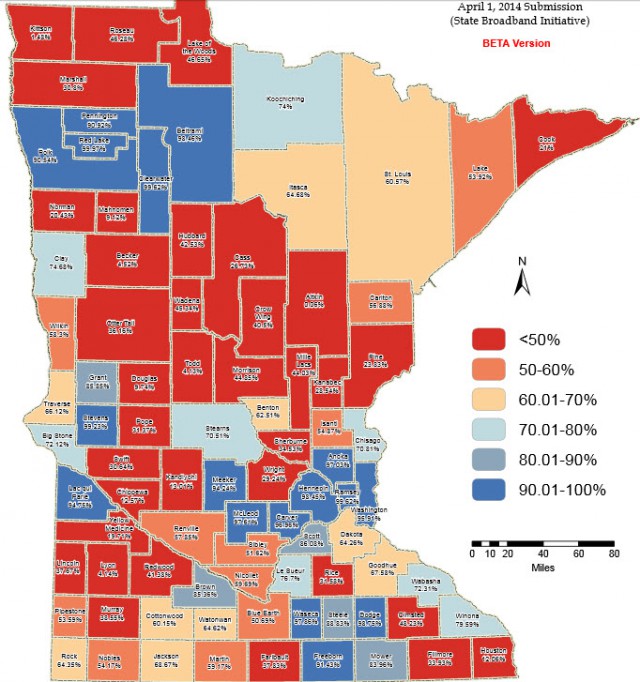

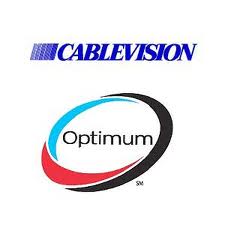 The deal covers the service’s entire catalog of on-demand television shows and movies and will be available to Cablevision broadband customers online and possibly through set-top boxes for traditional cable television customers.
The deal covers the service’s entire catalog of on-demand television shows and movies and will be available to Cablevision broadband customers online and possibly through set-top boxes for traditional cable television customers.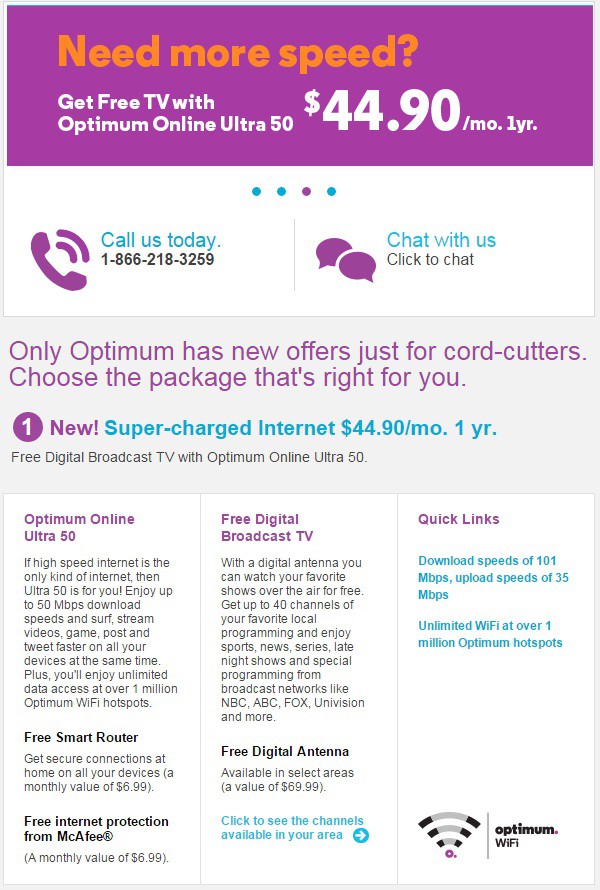
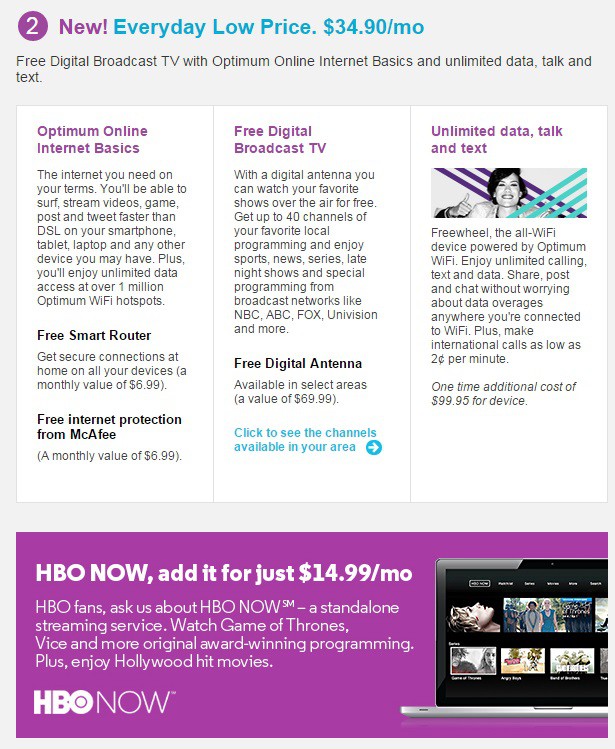

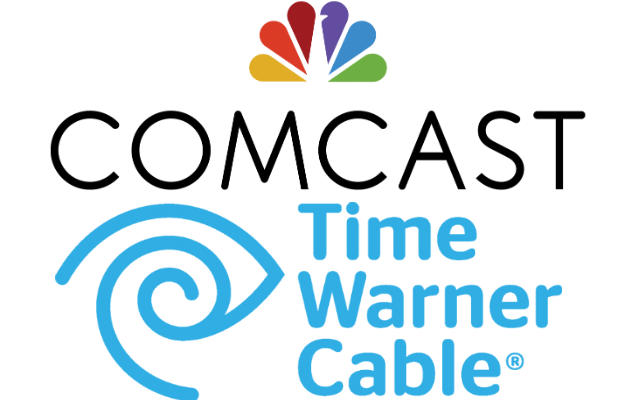 Comcast’s claims of “deal benefits” for consumers was perceived to be tissue-thin by legislators like Rep. Tony Cárdenas (D-Calif.), whose district would have seen Time Warner and Charter customers absorbed into the Comcast Dominion.
Comcast’s claims of “deal benefits” for consumers was perceived to be tissue-thin by legislators like Rep. Tony Cárdenas (D-Calif.), whose district would have seen Time Warner and Charter customers absorbed into the Comcast Dominion. “They talked a lot about the benefits, and how much they were going to invest in Time Warner Cable and improve the service it provided,” said one senior Senate staff aide, who spoke on the condition of anonymity because he was not authorized to speak publicly. “But every time you talked about industry consolidation and the incentive they would have to leverage their market power to hurt competition, they gave us unsatisfactory answers.”
“They talked a lot about the benefits, and how much they were going to invest in Time Warner Cable and improve the service it provided,” said one senior Senate staff aide, who spoke on the condition of anonymity because he was not authorized to speak publicly. “But every time you talked about industry consolidation and the incentive they would have to leverage their market power to hurt competition, they gave us unsatisfactory answers.” The largest telecom companies in the United States, their trade associations, and Ajit Pai, one of two Republican commissioners serving at the Federal Communications Commission routinely claim America has the best broadband in the world. From the perspective of providers running to their respective banks to deposit your monthly payment, they might be right. But on virtually every other metric, the United States has some of the most expensive broadband in the world at speeds that would be a gouging embarrassment in other countries.
The largest telecom companies in the United States, their trade associations, and Ajit Pai, one of two Republican commissioners serving at the Federal Communications Commission routinely claim America has the best broadband in the world. From the perspective of providers running to their respective banks to deposit your monthly payment, they might be right. But on virtually every other metric, the United States has some of the most expensive broadband in the world at speeds that would be a gouging embarrassment in other countries.
 The Slovak government insisted that telecommunications networks in the country be competitive and it maintains oversight to make sure monopolies do not develop. It rejected claims that total deregulation and competition alone would spur investment. Slovakia welcomes outside investment, but also makes certain monopoly pricing power cannot develop. As a result, most residents of Bratislava have a choice of up to eight different broadband providers — a mix of cable, telephone, wireless, and satellite providers that all fiercely compete in the consumer and business markets.
The Slovak government insisted that telecommunications networks in the country be competitive and it maintains oversight to make sure monopolies do not develop. It rejected claims that total deregulation and competition alone would spur investment. Slovakia welcomes outside investment, but also makes certain monopoly pricing power cannot develop. As a result, most residents of Bratislava have a choice of up to eight different broadband providers — a mix of cable, telephone, wireless, and satellite providers that all fiercely compete in the consumer and business markets. Prices are considerably lower than what American providers charge, although speeds remain somewhat lower than broadband services in Bulgaria, Romania, and the Baltic States. At one address on Kláštorská, a street of modest single family homes (some in disrepair), these companies were ready to install service:
Prices are considerably lower than what American providers charge, although speeds remain somewhat lower than broadband services in Bulgaria, Romania, and the Baltic States. At one address on Kláštorská, a street of modest single family homes (some in disrepair), these companies were ready to install service: